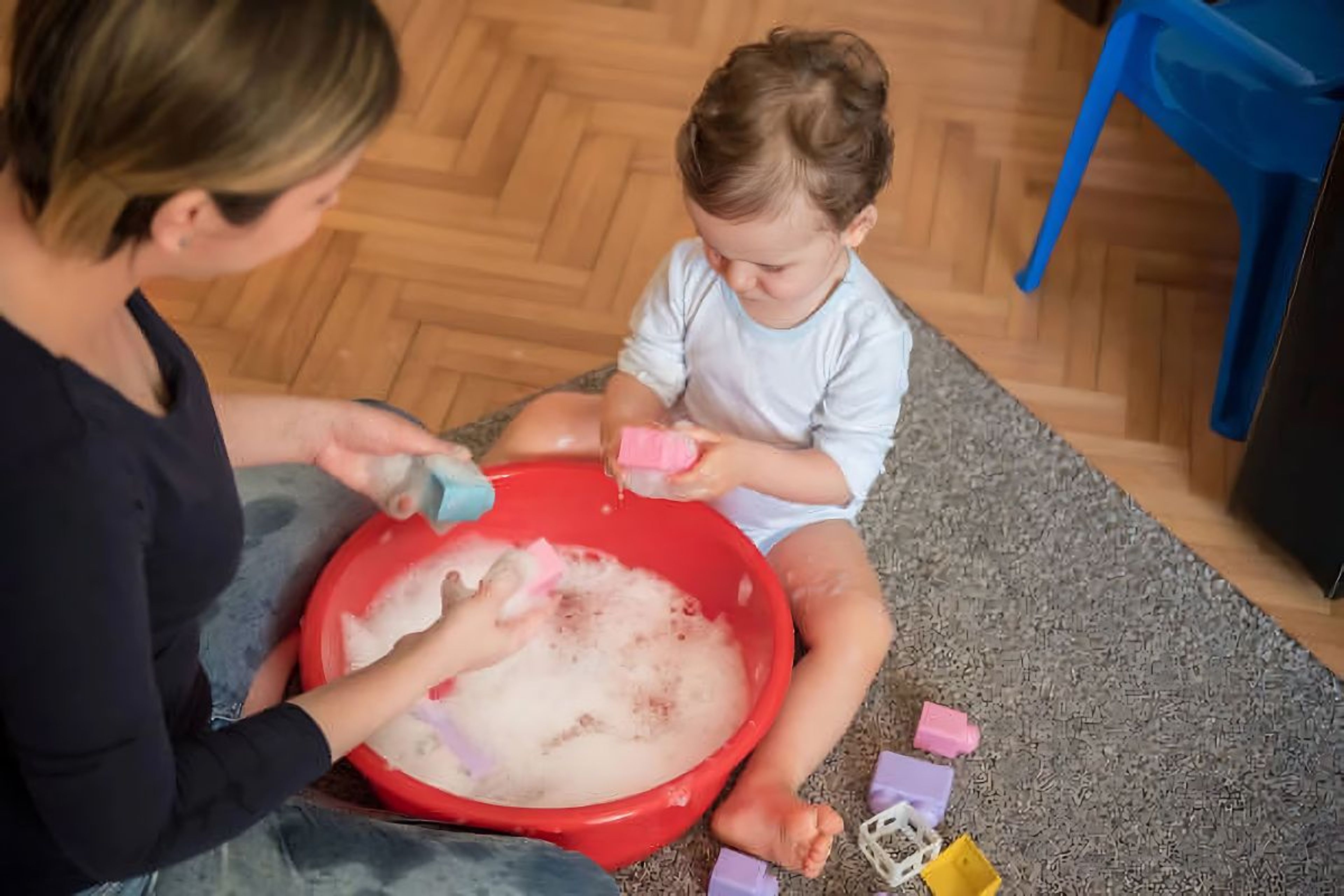Creative Play: The Keystone of Childhood Imagination and Growth

"In every child," Picasso once said, "there is an artist." But in the daily rush of life, that artist can be overlooked.
Creative play isn't just about keeping your child busy; it's about lighting the spark of imagination that burns inside them.
Creative play is vital to the development of children's imaginations and overall growth. Engaging in various types of creative play exercises children's minds, allowing them to think outside the box, problem-solve, and build critical thinking skills, crucial for their future success in school, the workplace, and interpersonal relationships.
The Importance of Creative Play
According to a study by the American Academy of Pediatrics, children who participate in creative play show improvements in problem-solving abilities, language development, social skills, and academic success1. For more insights on how play impacts development, explore our article on early childhood development.
Another study highlights that children who engage in pretend play demonstrate significantly higher language, cognitive, social and emotional skills that their peers. Learn more about the benefits of pretend play in our dedicated guide.
What Are Some Examples of Creative Play?
Creative play can encompass a wide range of activities that stimulate children's imaginations. We will discuss a few examples:
1. Pretend Play
Also referred to as imaginative play, pretend play is where children assume different roles and engage in activities related to those roles. For example, playing house, being a firefighter, or running a store. Pretend play not only fosters creativity but also contributes to social and emotional growth, allowing children to explore different perspectives and practice empathy.
2. Art-Based Activities
Engaging in art-based activities is another excellent example of creative play. Painting, drawing, sculpting, or even building a fort out of blankets and pillows all allow children to express their creativity.
Art activities improve fine motor skills and hand-eye coordination, as well as encouraging self-expression and emotional exploration. For more ideas on developing these skills, check out our guide on best toys for motor skills.
What Are the Benefits of Creative Play?
The numerous benefits of creative play in child development can be outlined in physical, emotional, cognitive, and social terms.
Physical Benefits
Creative play can involve physical activities, such as dancing or acting out scenes from stories, that help with muscle growth, balance, and coordination. Creative toys, such as blocks or play-dough, can enhance fine motor skills and hand-eye coordination.
For more specific toy recommendations, explore our guides on clean wooden toys and sustainable educational toys.
Emotional Benefits
Creative play offers children a safe and enjoyable space to express their emotions and cope with the world around them. For example, a child might draw a picture of a sad moment in their day or act out frustrating scenarios to alleviate stress.
This emotional processing can contribute to the growth of empathy, self-awareness, and self-regulation.
Cognitive Benefits
As previously mentioned, creative play sparks imagination and problem-solving abilities. Children engaged in pretend play will often have to reason through various scenarios, such as how to build a structure out of blocks or how to mix colors to achieve a specific shade.
This type of cognitive processing supports academic growth and future life skills.
Social Benefits
Creative play often occurs in a social context, with children interacting with one another to accomplish a shared goal. Through these interactions, children can develop key social skills, such as cooperation, negotiation, and conflict resolution.
For more insights on social development, see our article on pretend play and social skills.
What Are Some Common Mistakes to Avoid When Encouraging Creative Play?
While creative play has numerous benefits for children, there are a few mistakes that parents and caregivers should avoid when supporting and encouraging such activities:
Over-Scheduling Children's Time
While structured activities and classes can be beneficial, it is essential to provide children with ample unstructured time for play. Over-scheduling can interfere with opportunities for imaginative play that arises naturally when there is time for exploration without too much guidance.
Relying Solely on Technology
Technology can be a useful tool when engaging with creative play. However, too much screen time can lead to reduced opportunities for physical exploration and interaction with the real world. For more tips on managing technology use, check out our guide on educational toys that help kids learn.
Balance is key.
Interfering with or Directing Children's Play
As parents or caregivers, it is essential to encourage and facilitate creative play rather than impose your ideas or interests on a child. Allow children to explore their interests and follow their imaginations, providing guidance and support only when needed.
Conclusion
In conclusion, creative play is a keystone of childhood imagination and growth. This article has touched on the various benefits, examples, and tips for supporting and encouraging creative play in children.
Let them explore, experiment, and develop their unique abilities in a world full of endless possibilities.




